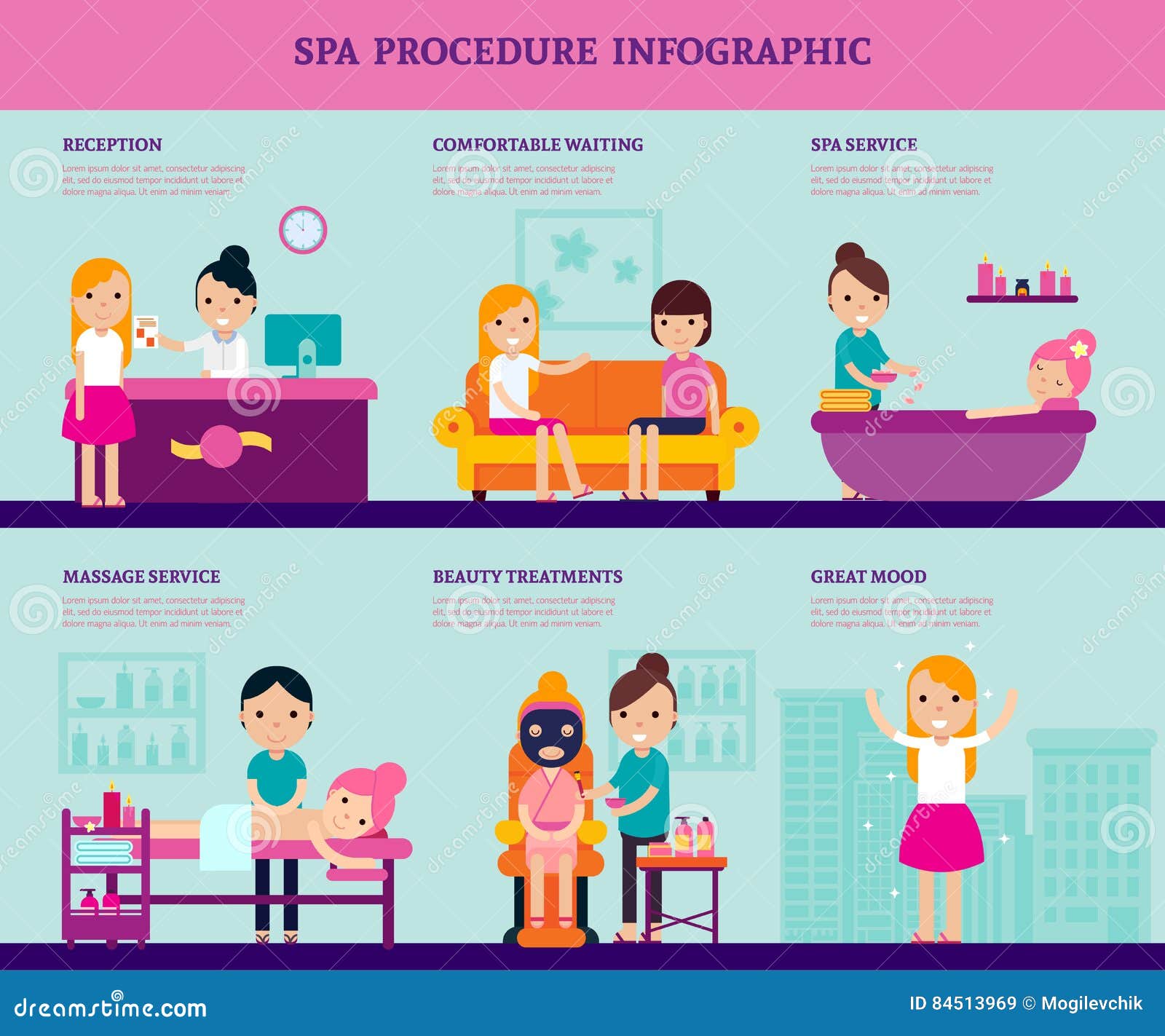How Often Should You Exfoliate Acne Prone Skin
How Often Should You Exfoliate Acne Prone Skin
Blog Article
Acne and Exercise - What to Know
Routine workout, even just brisk strolling or swimming, assists improve mood and reduce stress. It additionally enhances hormonal agents and neurotransmitters that promote healthy and balanced skin, such as serotonin and dopamine.
Ensure to put on tidy exercise clothes that have been washed just recently-- unclean, perspiring clothing can trap bacteria and contribute to body acne. And if you have make-up on, take into consideration making use of micellar water to rub out your face prior to exercising.
1. Sweating can clog pores.
Exercise assists the body in lots of methods, from more powerful muscular tissues to reduced blood pressure and boosted state of mind. It can also help in reducing acne outbreaks, as long as the appropriate techniques remain in place.
During workouts, the heart rate increases which triggers the gland to open and drain pipes. However if make-up, dust and microorganisms remain on the skin, these can clog pores and lead to the development of pimples. Sweat can likewise alter the pH balance of skin, triggering it to be extra delicate and vulnerable to inflammatory acne.
Acne that creates as a result of sweat can show up anywhere on the body, yet it often appears in areas prone to friction, like under clothing straps or headbands. The best way to avoid sweat-related acne is to wear breathable clothes, wipe shared tools prior to making use of and shower asap after an exercise. It's additionally helpful to make use of a mild, non-comedogenic cleanser prior to and after working out.
2. Washes can obstruct pores.
While sweat itself does not trigger acne, all that germs caught on the skin can block pores and contribute to inflammatory breakouts. That's why workout hygiene is so vital for those with acne-prone skin. Put on breathable, moisture-wicking garments, clean down devices before use, and shower immediately after your sweat session to help reduce microorganisms build-up and stop stopped up pores.
Acne happens when hair follicles and pores get jammed-up with oil and dead skin cells, triggering the body's all-natural inflammatory feedback to remove them. When the sweat from an exercise combines with these debris, it can cause blocked pores and inflammation that's commonly viewed as acnes or pustules on the shoulders, back, breast, neck, or forehead.
Dirty clothes can exacerbate the trouble by capturing sweat beside the skin, causing a microbial overgrowth called Malassezia-- a problem that may be best treated with dental antifungal drugs. It's likewise a great idea to lug additional clothes and clean towels to the health club so you can on a regular basis alter out of sweaty attire and clean your skin down with fresh, tidy towels before heading home.
3. Tight-fitting clothes can obstruct pores.
Sweat itself does not cause acne, but if it's trapped versus the skin by tight-fitting clothing and friction, it can obstruct pores and cause breakouts. That's why it's important to put on baggy exercise clothes.
Massick also advised cleaning down sports and workout tools before using it, as sharing headgears or jerseys with iv therapy other people can move dangerous, acne-causing germs to the skin. He said it is necessary to bath post-workout, too, to make sure that sweat and pore-clogging oils are rinsed the body before they can lead to an outbreak.
Finally, Massick recommended patients to maintain gentle, non-comedogenic body clean in their fitness center bag so they can wash the face and body quickly after exercising. He recommends cleaning with a cleanser that contains salicylic acid or benzoyl peroxide to help reduce pore-clogging oil and stop pimples from creating. He likewise suggested alcohol consumption lots of water to help clear out toxic substances and reduce sebum production. That, paired with a healthy diet and anxiety management strategies, can help prevent acne-inducing tasks like working out.
4. Make-up can block pores.
While workout is excellent for your body and mind, it can sometimes trigger or aggravate acne. Nonetheless, many usual misunderstandings concerning acne and exercise linger. Acne is actually brought on by hormonal adjustments, most frequently triggered by adolescence, periods, the pill (particularly when coming off it), maternity and tension. These hormonal agents can also be worsened by diet, washes and a high-stress lifestyle.
For those that still experience breakouts while working out, consider taking some precautionary measures: Use skin-friendly, breathable textiles that can help reduce sweat accumulation. Avoid tight garments or hats that can trap sweat, dirt and microorganisms. Wash and rinse all exercise clothes and towels frequently to stop bacteria move to the skin. Clean your face with a mild cleanser and moisturize. If you should put on makeup, choose marginal make-up with a non-comedogenic formula that won't block pores.
While workout doesn't directly trigger acne, poor skin hygiene, not rinsing after sweating and sharing tools can all contribute to the issue. By focusing on skin treatment and incorporating excellent habits into your exercise regimen, you can still get that healthy radiance while remaining active.